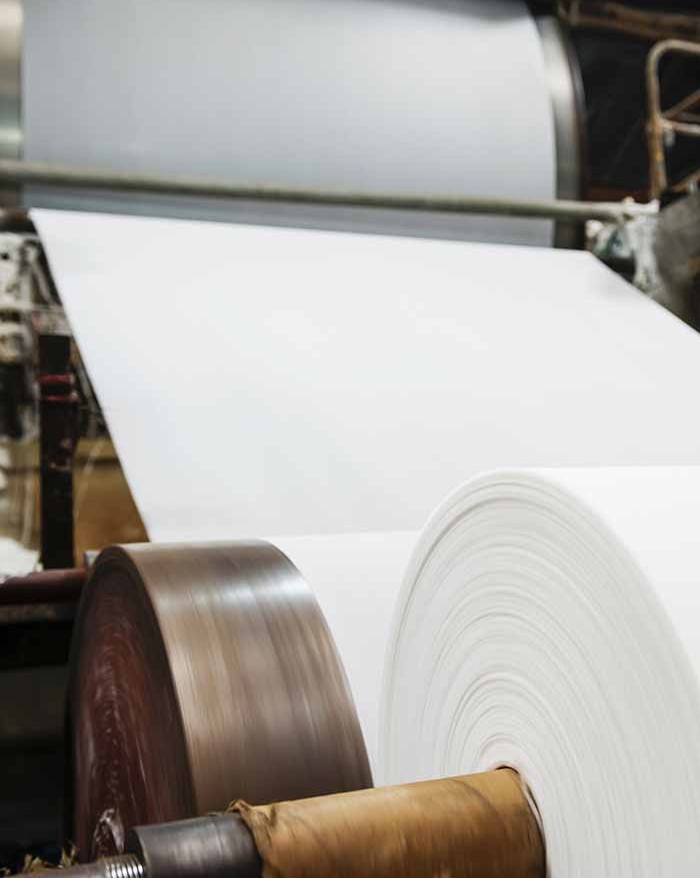Sodium Naphthalene Formaldehyde (SNF) is a chemical used in making paper. It’s a yellowish-brown powder that mixes well with water and helps improve how paper is made and how good it turns out. SNF is used to make paper stronger, smoother, and more resistant to water, while also making the production process easier and cheaper.
What is SNF?
SNF is a chemical made from naphthalene, formaldehyde, and sodium. It works like a dispersant, which means it stops particles from sticking together in a mixture. In paper making, this helps spread out materials evenly, so the paper comes out smooth and consistent. It also reduces the amount of water needed, which makes the process more efficient.
How SNF is Used in Paper Making
SNF is added at different steps of paper production to make things run better and improve the final product.
- Making Paper Water-Resistant:
- SNF is added when “sizing” paper, which helps it resist water. This is important for things like writing paper, packaging, or tissues, so they don’t get soggy easily.
- It helps sizing chemicals (like rosin) spread evenly across the paper fibers, so the whole sheet is protected.
- Making Paper Stronger:
- SNF makes paper stronger, both when it’s wet and dry. This is great for products like paper towels or cardboard that need to hold up under pressure or moisture.
- It works with other additives, like starch, to bind paper fibers together tightly.
- Spreading Fillers and Colors:
- Helping with Pulp:
- SNF makes the pulp (the watery mix of fibers) less thick, so it’s easier to move through machines. This saves energy and keeps equipment running smoothly.
- It also keeps fibers and fillers from settling, so less material is wasted.
Benefits of SNF in Paper Making
Using SNF in paper production has a lot of advantages:
- Better Paper:
- Paper made with SNF is stronger, smoother, and more water-resistant. This makes it better for writing, printing, or packaging.
- It looks brighter and more even because fillers and colors are spread out well.
- Saves Money:
- SNF reduces the need for expensive additives like starch by making them work better.
- It lowers energy costs by making pulp easier to process and reducing drying time.
- Easier Production:
- SNF makes pulp flow better, so it’s easier to pump and mix. This speeds up production and prevents machine clogs.
- It helps make the process more consistent, so there are fewer mistakes or wasted materials.
- Good for the Environment:
- SNF lets manufacturers use less water and energy, which is better for the planet.
- It also helps with recycled paper by making recycled fibers easier to work with.
Things to Watch Out For
SNF is very helpful, but there are a few things to keep in mind:
- Use the Right Amount: Too much SNF can make the pulp too thin or foamy, which can cause problems. The amount needs to be just right.
- Check Compatibility: SNF needs to work well with other chemicals in the paper recipe. Testing is important to make sure everything mixes properly.
- Environmental Care: SNF helps save resources, but making and disposing of it should be done carefully to avoid harming the environment.
What’s Next for SNF
SNF will likely stay important in paper making, with some new ideas coming:
- Eco-Friendly SNF: Companies are working on greener versions of SNF that are better for the environment.
- Recycled Paper: As more paper is made from recycled materials, SNF will help improve the quality of recycled pulp.
- Special Papers: SNF could be used for high-tech papers, like those used in electronics or medical products, where quality is super important.
Conclusion
Sodium Naphthalene Formaldehyde (SNF) is a key chemical in the paper industry. It makes paper stronger, smoother, and more water-resistant while saving money and energy during production. By helping spread fillers, improve pulp flow, and boost quality, SNF makes it easier to produce all kinds of paper, from notebooks to cardboard. With careful use and new developments, SNF will keep being a big help in making high-quality, eco-friendly paper.

